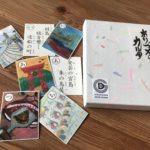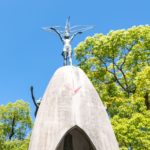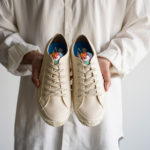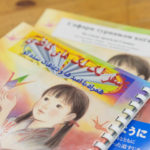Paper Cranes For the World : Recreating Sasaki Sadako’s Paper Cranes in Metal
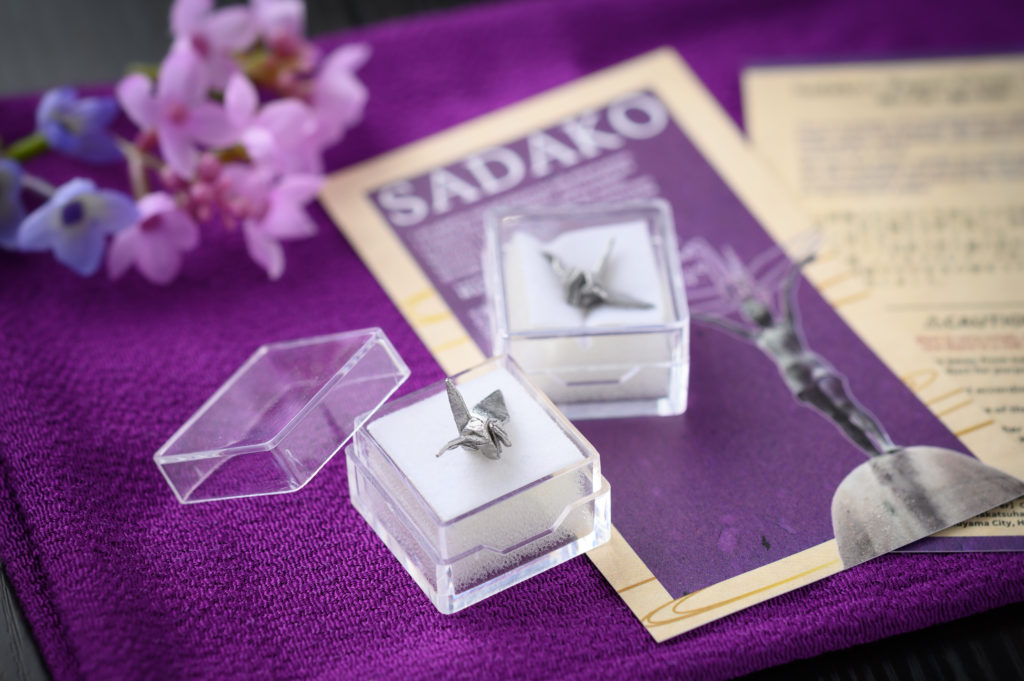
Sasaki Sadako, the model for the Statue of Genbaku-no Ko in the Peace Memorial Park, was exposed to the atomic bombing at the age of two at her home, approximately 1.6 km from ground zero. 10 years later, at the age of 12, she was diagnosed with leukemia, and passed away after a long battle with the disease. She believed in a legend stating that if you fold 1,000 paper cranes, you will be granted one wish, and went on to fold more than 1,300 paper cranes in her hospital bed. On August 6, 2021, her paper cranes were brought to life once more as metal cranes. The project was undertaken by CASTEM, a precision casting manufacturer in Fukuyama City (Hiroshima Prefecture). We asked Ikeda Shinichi, the project leader, about why the project began, what difficulties they faced, and his thoughts on peace.
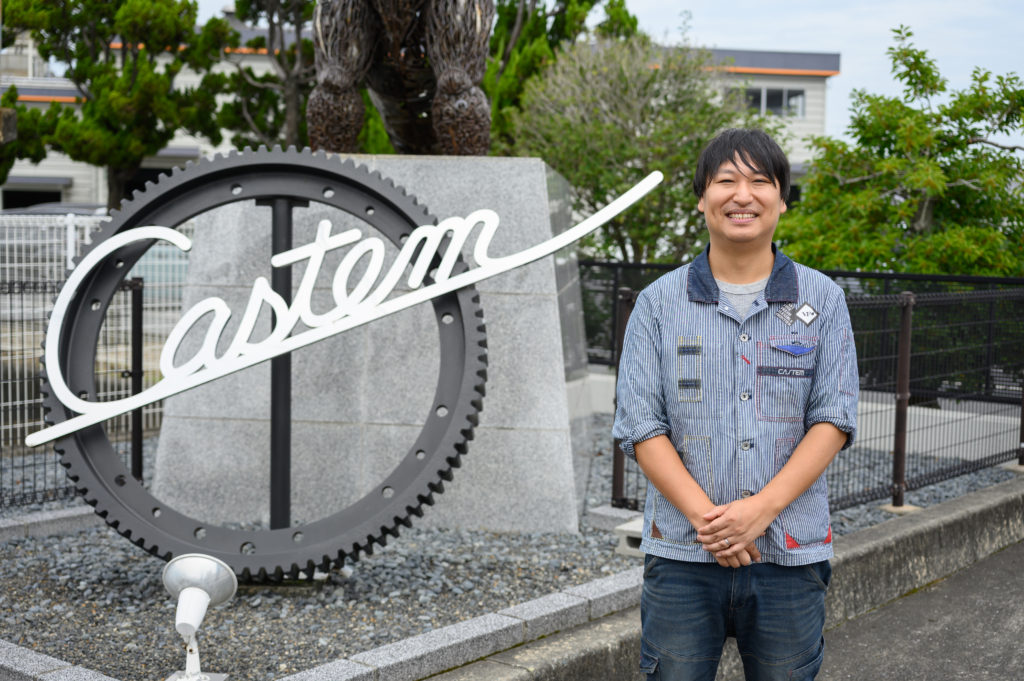
In 2018, our company launched History Maker, a brand for conveying history and memories to the public. It is based on the concept of making certain moments and thoughts last forever. By combining our 50 years casting experience with the latest technology, we create metal products that are incredibly realistic and tell a story. So far, we have reproduced the bodies of celebrities and historical objects in metal, so as to last forever, including hand molds of the world-famous boxers, Manny Pacquiao and Inoue Naoya, Carp players, and the Shachihoko at Fukuyama Castle.
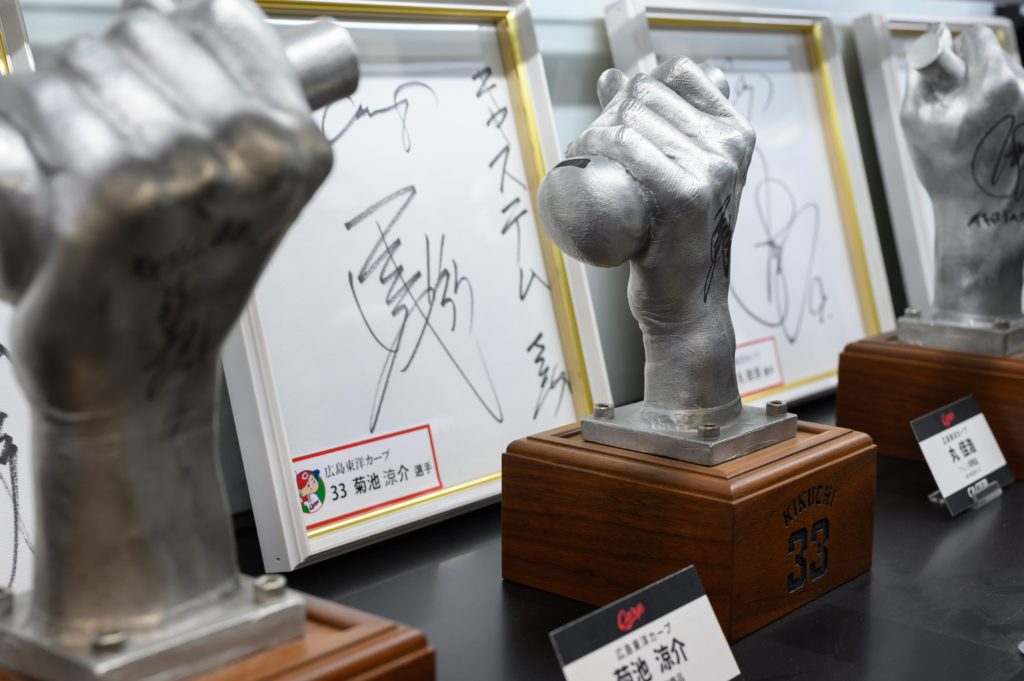
It was around the winter of 2020 that I thought about recreating Sasaki Sadako’s paper cranes in metal. As a company working out of Hiroshima Prefecture, we wanted to send out a message of peace using products we made. I was immediately introduced to Sadako’s brother, Sasaki Masahiro, through someone at Hiroshima City Hall, and the timing was fateful. Masahiro had been worrying about requests for donations of Sadako’s paper cranes coming from all over the world; because there were only about 100 left, he could not meet all of the requests. And because they were made of paper, he had some trouble preserving them, with problems like fading colors and deterioration. When I told him about our project, he was surprised to learn that our techniques exists! We both felt the same way about it, so the project began.
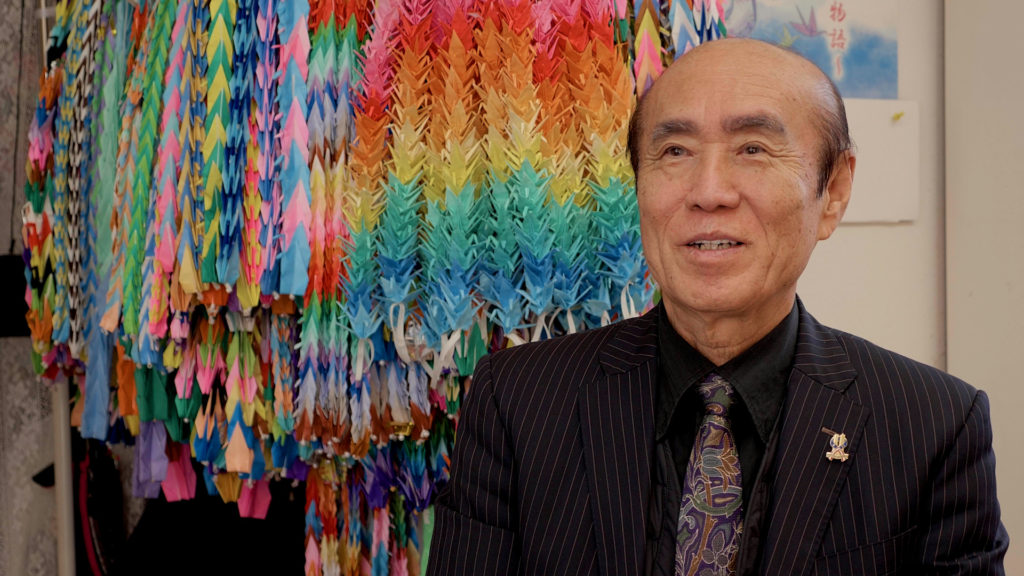
Sasaki Sadako’s elder brother, Sasaki Masahiro
The metal cranes will be made using the last ones that Sadako folded before her death. They were at her bedside when she passed away. When I picked one up and looked at it up close, I was surprised at how much care and power with which they were folded. I was overcome with the desire to convey the strength with which she continued to wish and fold her paper cranes until the end. The paper cranes were 7mm in length, 23mm in width, and 13mm in height, and were folded with thin paper like medicine wrappers.
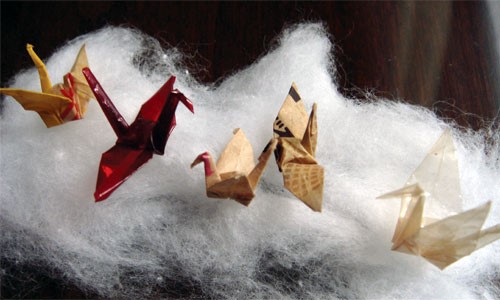
Some of Sadako’s paper cranes
The first step in the process was to create a prototype using the latest 3D scanning and 3D printing techniques. We went through a long trial and error process to faithfully reproduce the texture and folds of the paper, We made more than 70 prototypes.

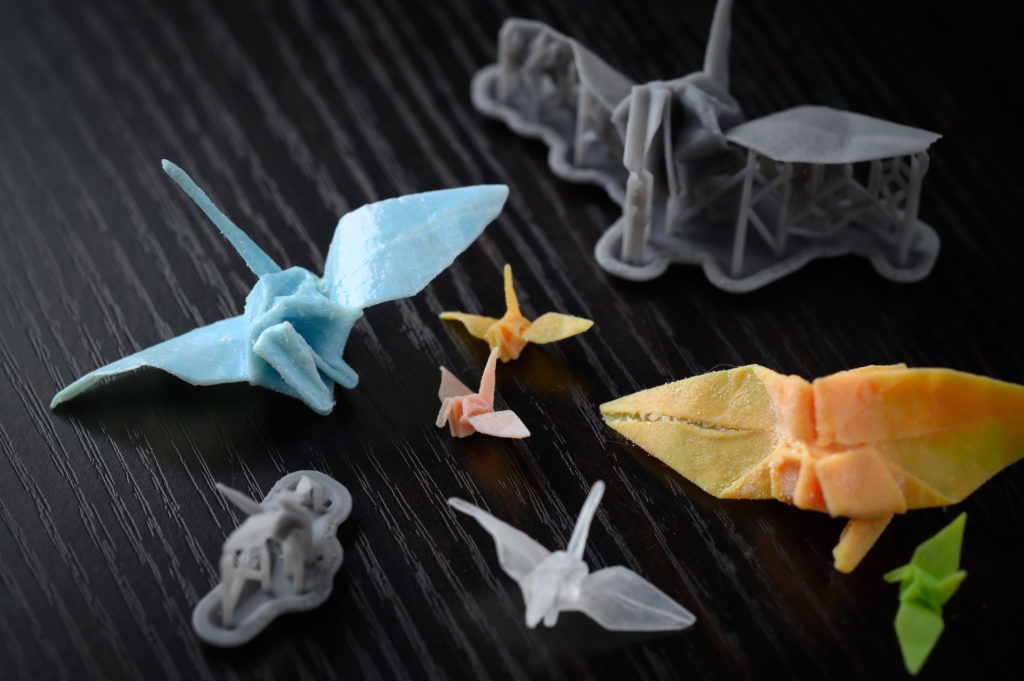
Once our prototype was finished, we use our precision casting techniques to pour the molten stainless steel. It was very difficult to pour the steel into the thin parts, and we struggled a lot. I was the one who came up with the idea, but the entire New Business Division team spent six months searching for better methods.
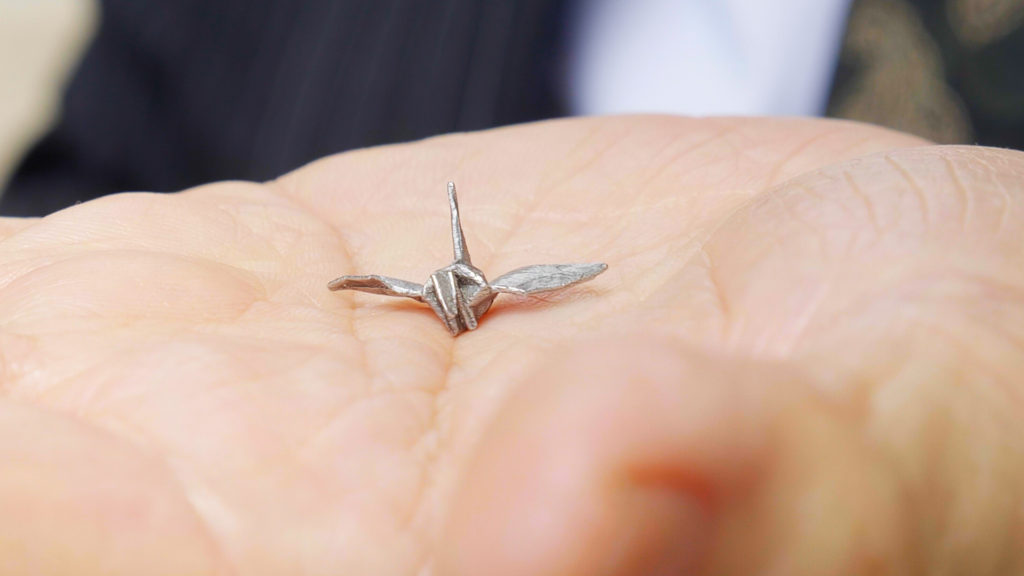
Finally, the metal crane, the result of CASTEM’s technological expertise, was completed. The resultant crane is immortal, and will not deteriorate for thousands of years. And because it can be mass-produced, we can send as many of them to people all over the world as we need. When I showed the finished product to Masahiro, he said that he was moved. He named the product “SADAKO”. I hope it can carry Sadako’s wish for peace out to the world.

We are thinking about presenting the first crane, with serial NO.001, could be presented to former President Obama. He donated four paper cranes when he became the first sitting U.S. president to visit Hiroshima in 2016. I think that if former President Obama, who has a close relationship with paper cranes, would accept it, we would be one step closer to peace. Actually, I have been thinking for a few years that I would like to recreate the paper cranes he donated in metal…It’s another thing I’d like to make a reality.
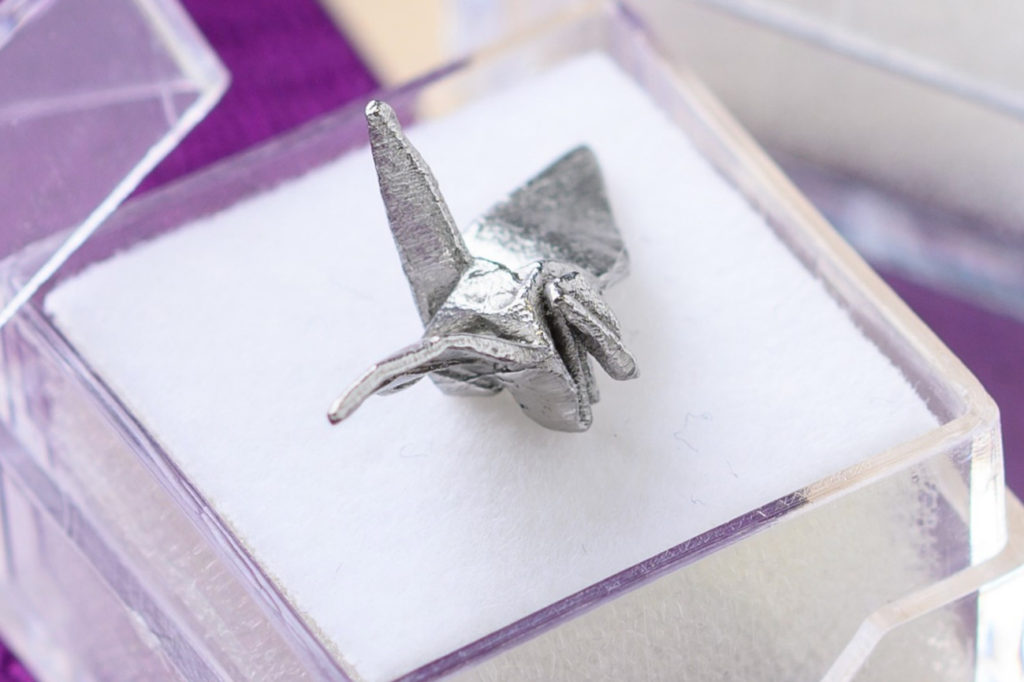
SADAKO¥1100
Sold at CASTEM Headquarters (Fukuyama City, Hiroshima Prefecture), CASTEM Kyoto LiQ (Kyoto City, Kyoto Prefecture), metamate (Chuo-ku, Tokyo), Orizuru Tower (Hiroshima City, Hiroshima Prefecture), Peace Memorial Museum (Hiroshima City, Hiroshima Prefecture), Tachiarai Peace Memorial Museum (Asakura-gun, Fukuoka Prefecture), and the CASTEM EC website https://www.ironfactory-castem.com/
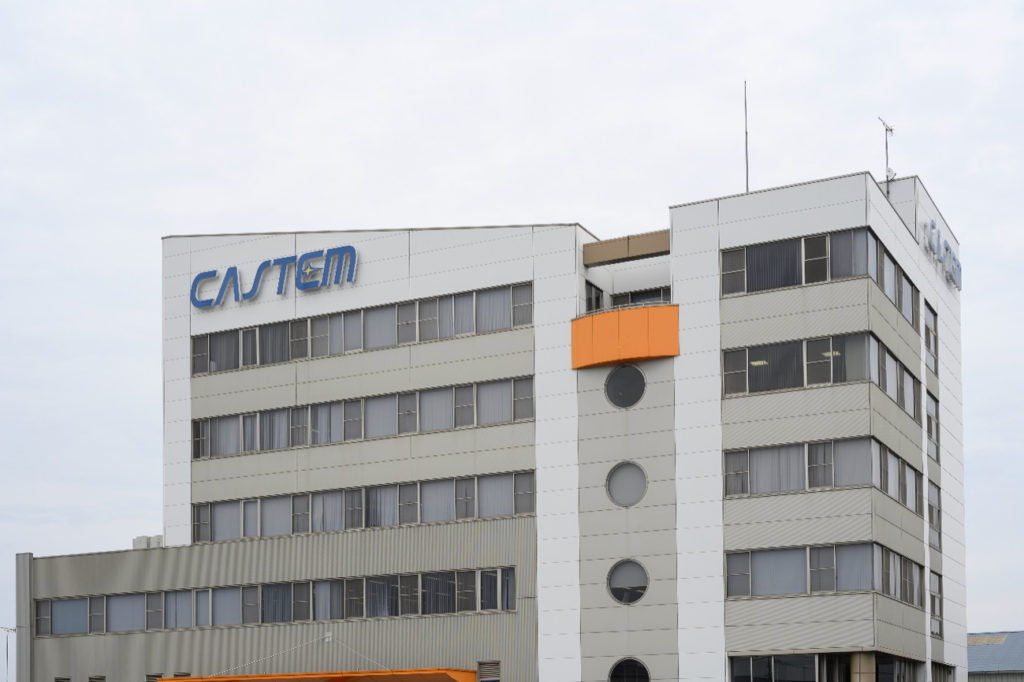
CASTEM Co., Ltd.
A precision casting manufacturer that produces and sells precision metal parts for multiple industries, including medical devices and aerospace engineering. The company was one of the first in the manufacturing industry to introduce 3D printers and 3D scanners, combining traditional analog technology with the latest digital innovations. They also have an established reputation for planning, manufacturing, and selling products with stories for individual customers.
https://www.castem.co.jp/
History Maker: https://www.history-maker.jp/about/
Tags associated with this article



